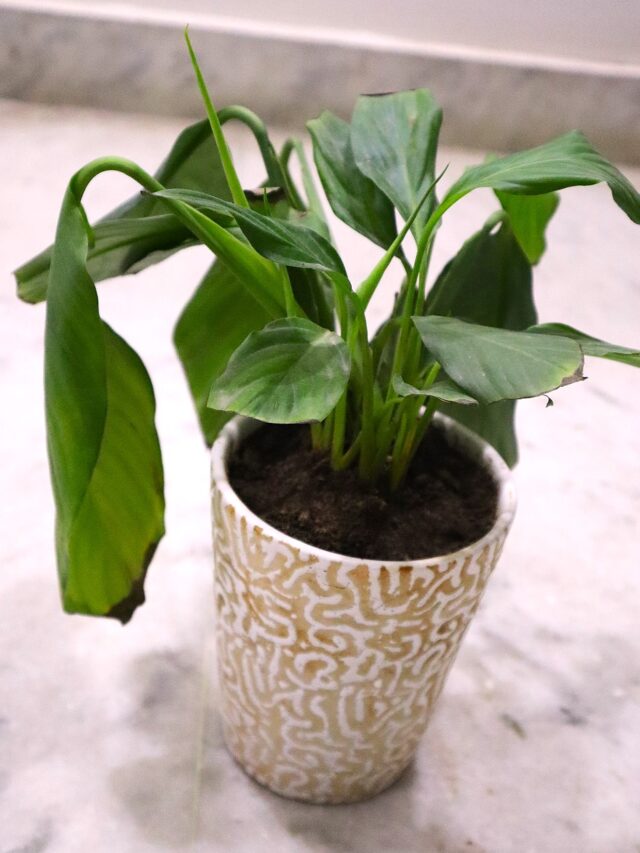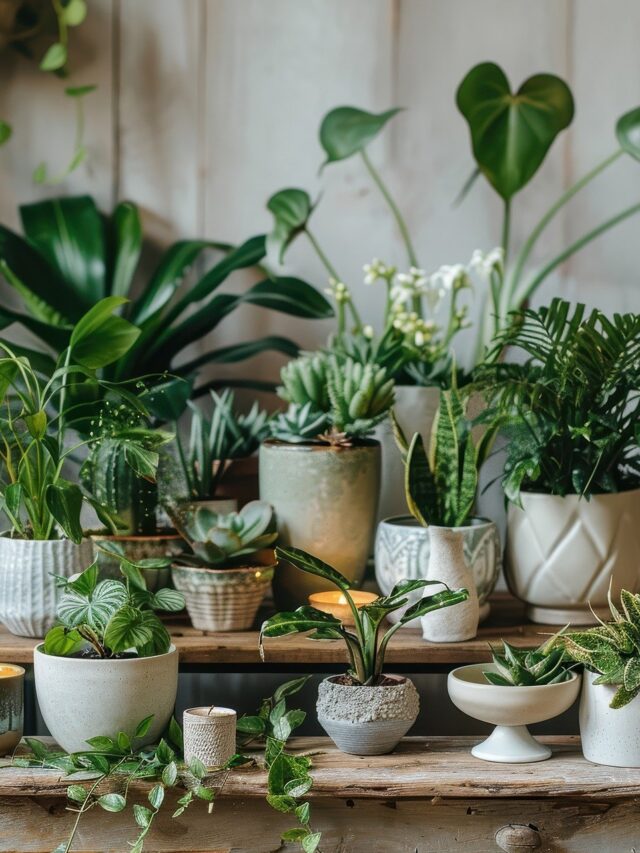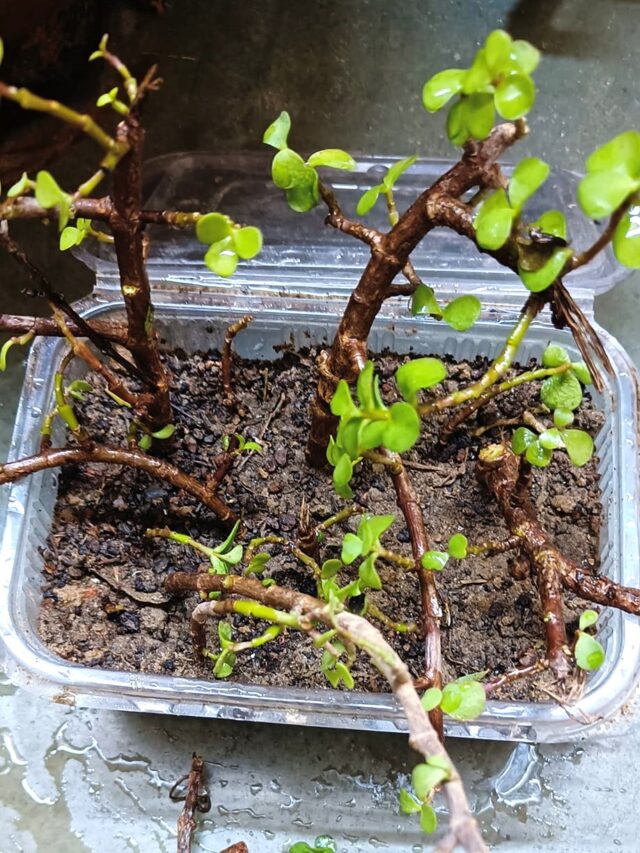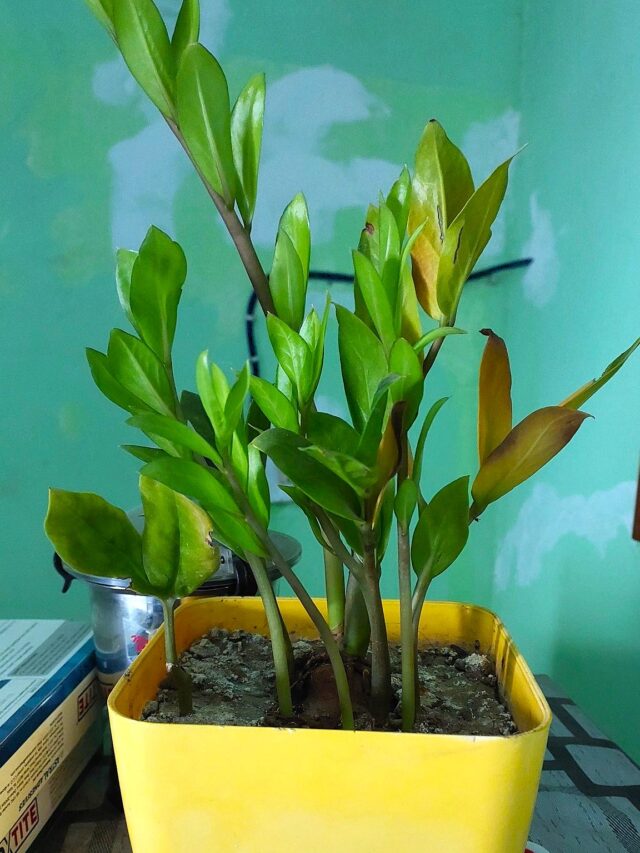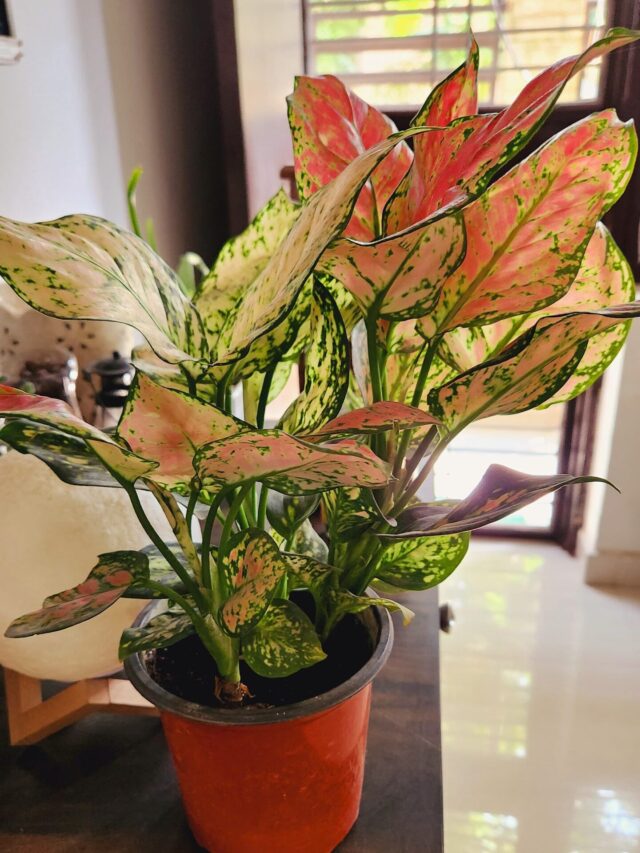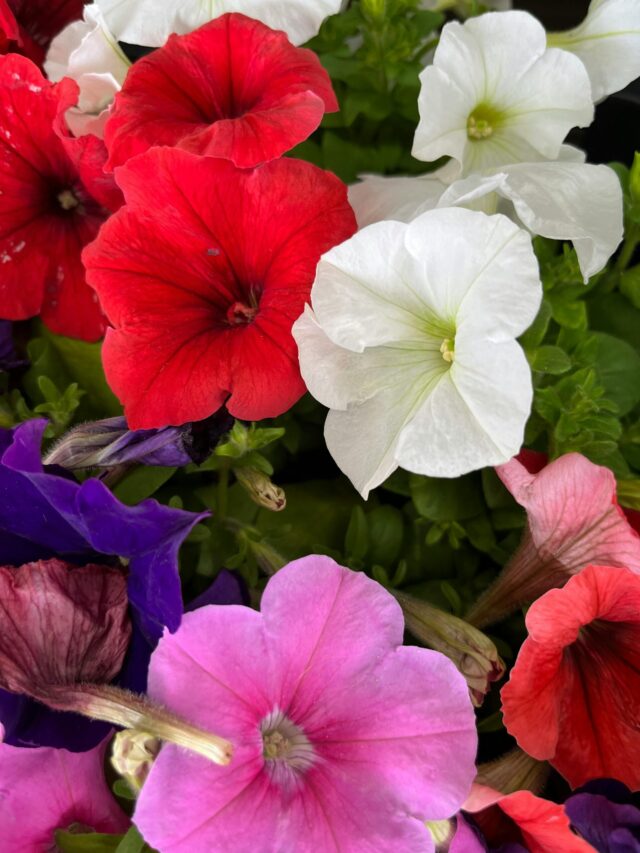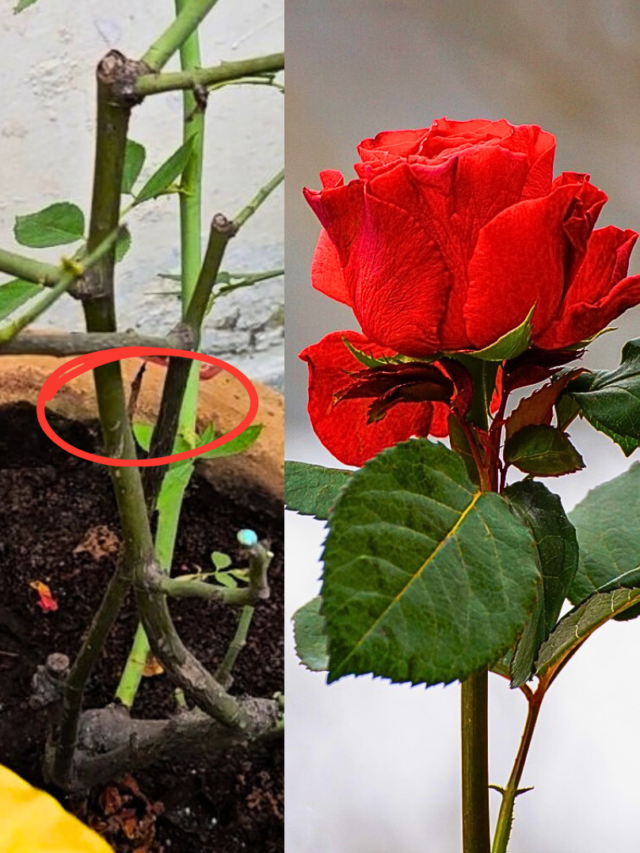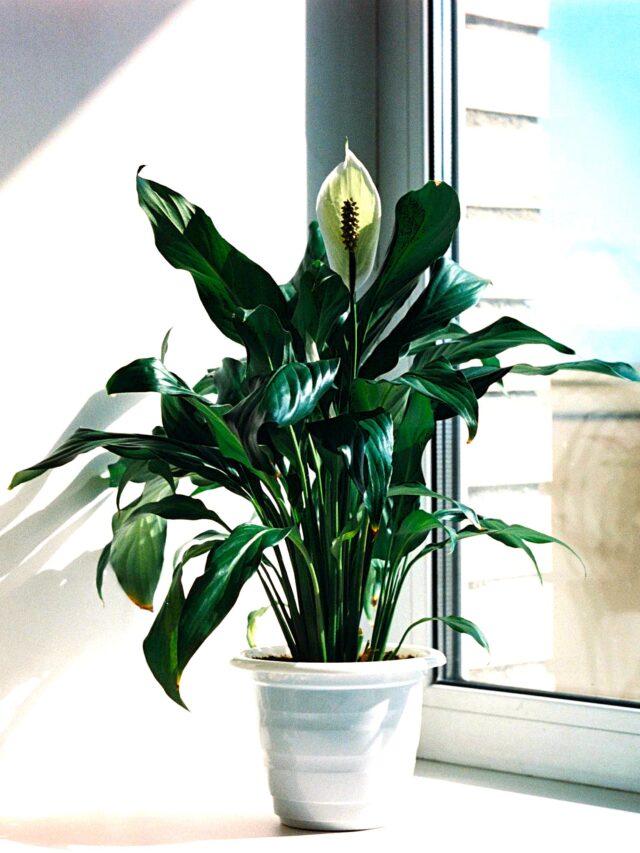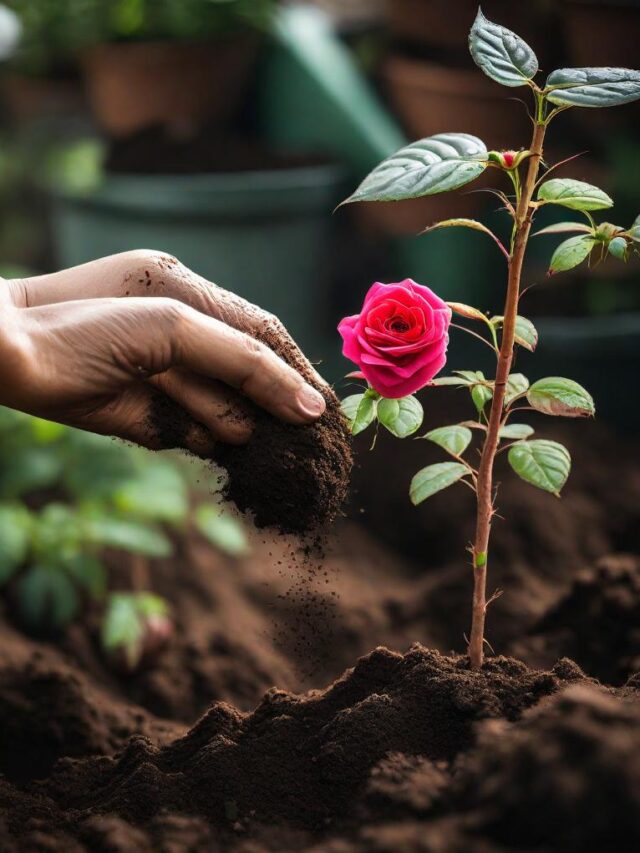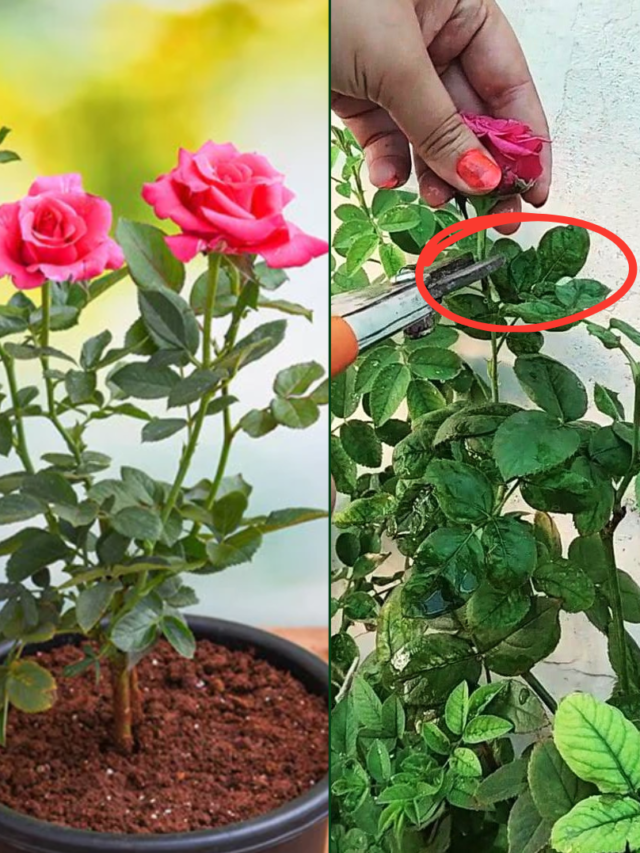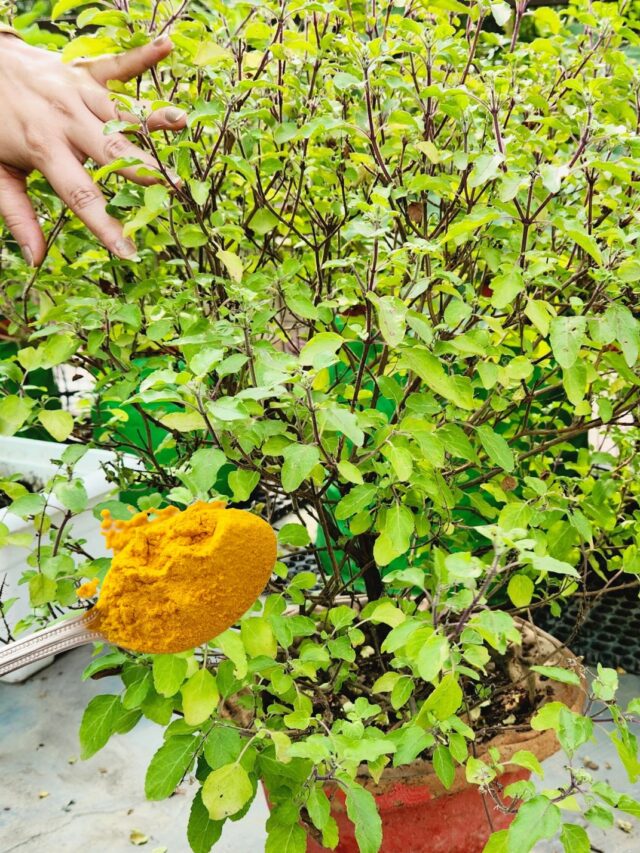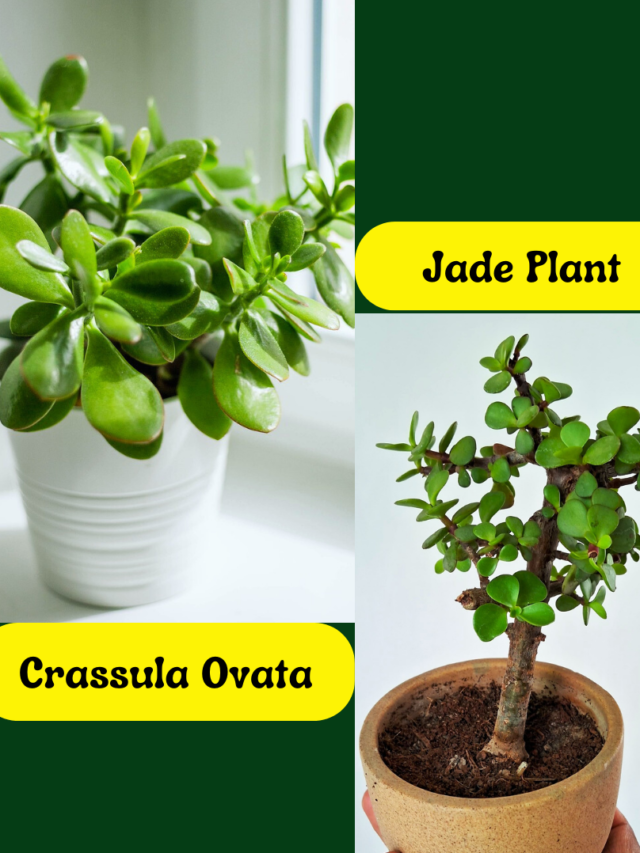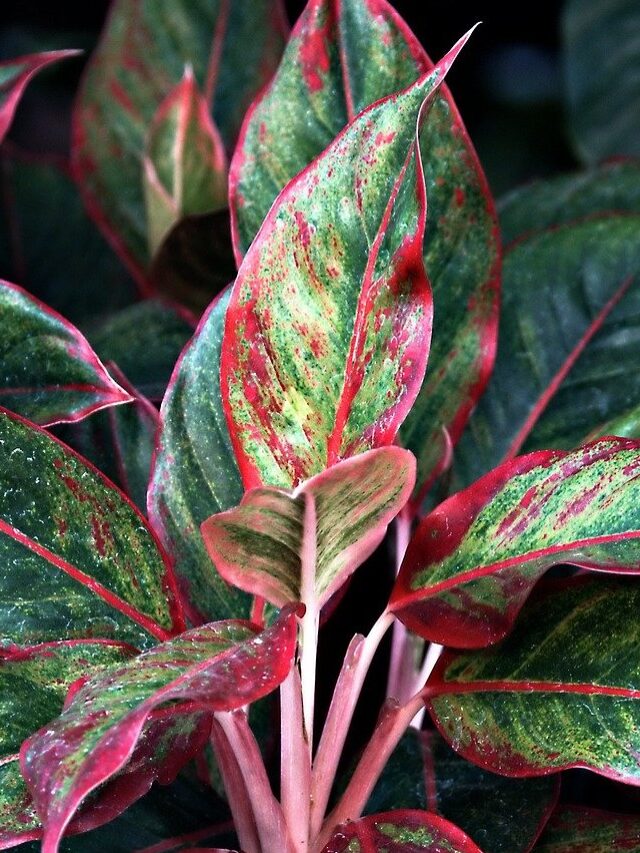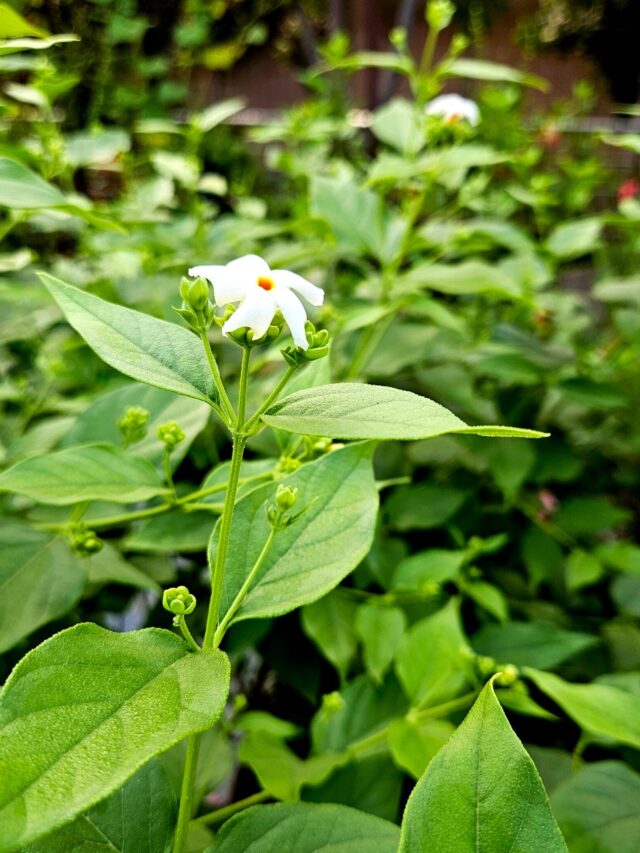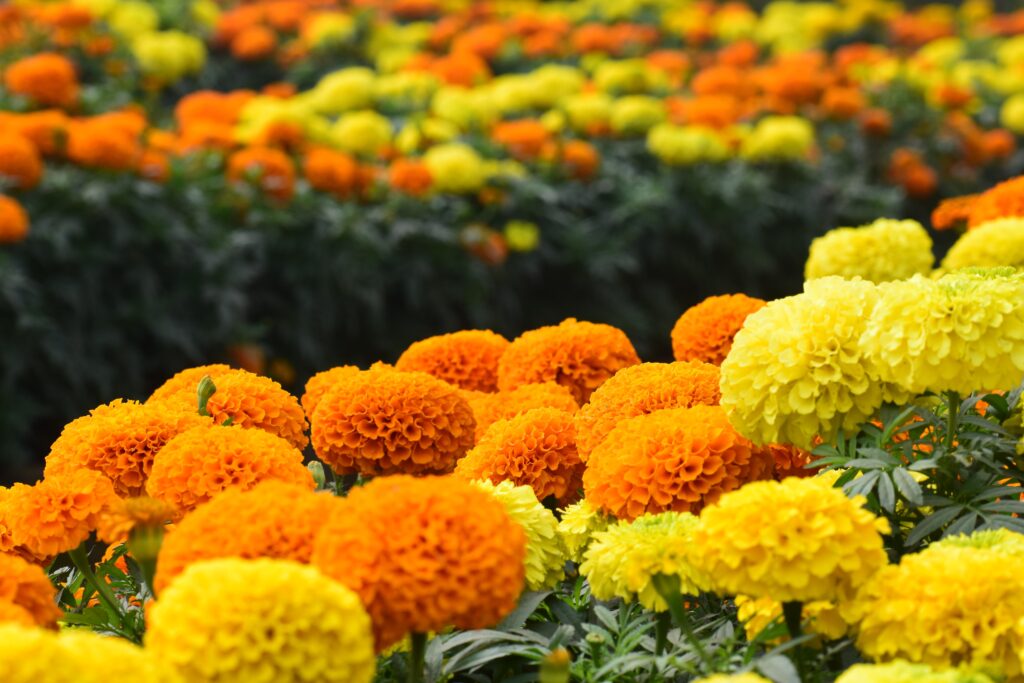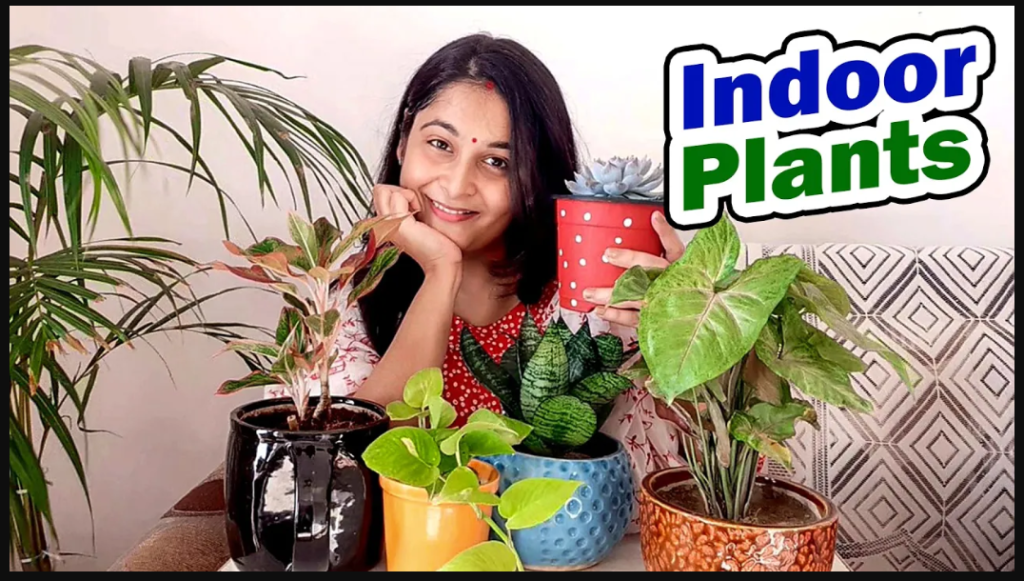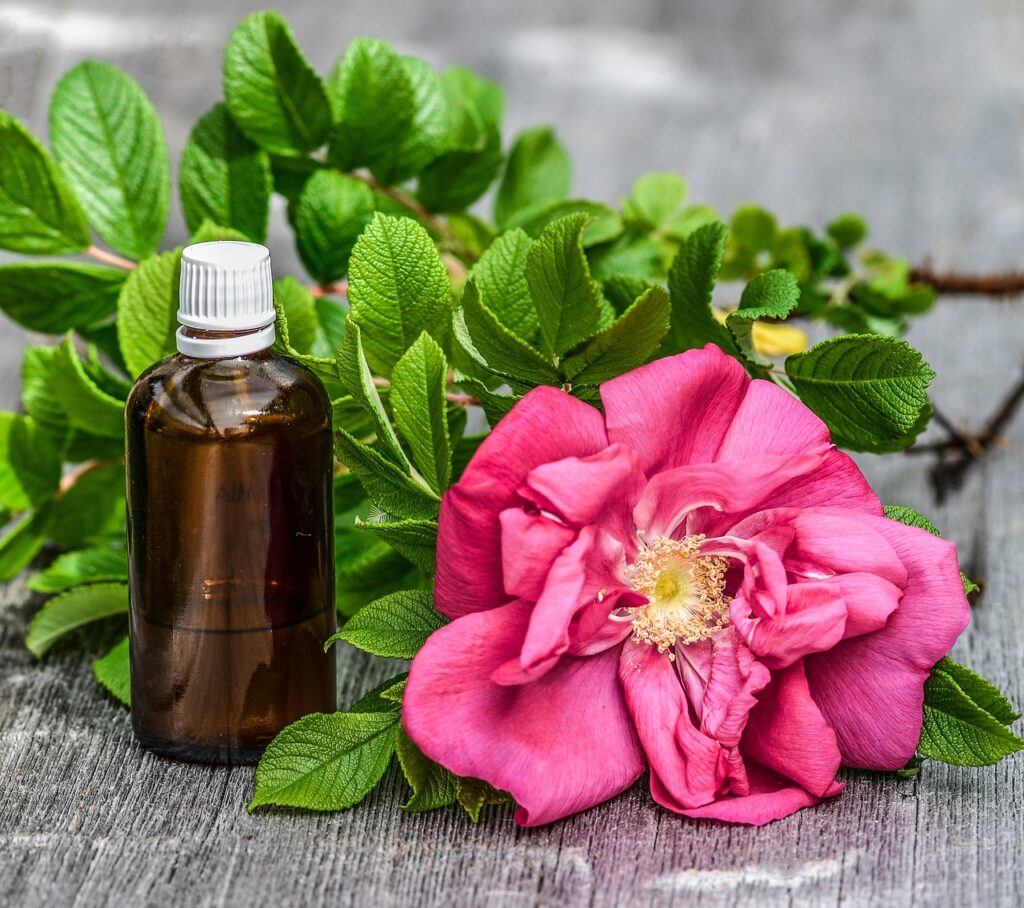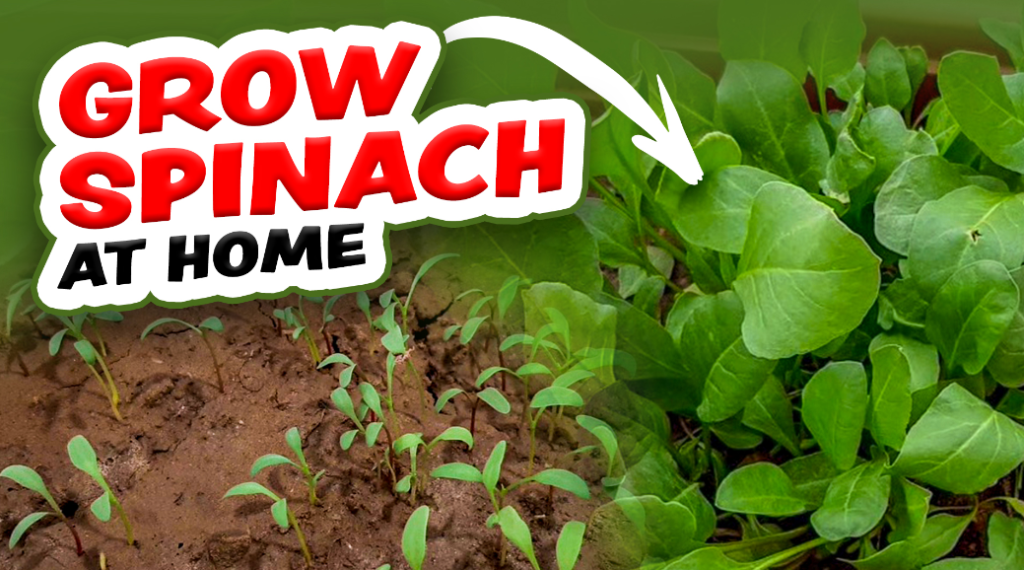How to Grow and Care for Marigold
Marigold stands out as a symbol of beauty, auspiciousness, and traditional charm. With its radiant blooms and easy-to-care-for nature, the marigold is a favourite among garden enthusiasts. Let’s explore the general information, care tips, and the numerous benefits of cultivating marigolds in your garden.
Marigolds, scientifically known as Tagetes, come in various species, with the most common being such as
- Tagetes erecta (African marigold),

- Tagetes patula (French marigold), and
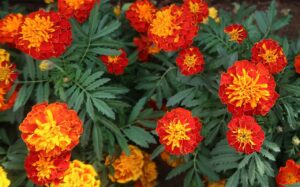
- Tagetes tenuifolia (Signet marigold).

Known for their bright and warm colours—shades of yellow, orange, and red—marigolds are a staple in gardens, especially during festivals and auspicious occasions.
Marigolds are renowned for their low-maintenance nature, making them ideal for both seasoned gardeners and beginners. Here are some care tips for nurturing healthy and vibrant marigold plants:
How to Grow and Care for Marigold:
1. Getting Started: Choosing the Right Spot
Marigolds really enjoy sunlight, so when you’re choosing a spot in your garden for them, aim for a place that gets a good amount of sunlight every day.

- Ideally, they thrive in spots that receive at least 5 – 6 hours of sunlight daily. So, find a sunny corner in your garden to make your marigolds happy and vibrant!
2. Pot size for Marigold
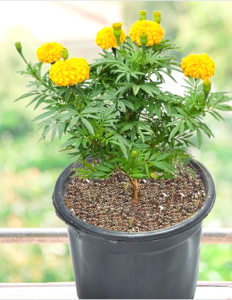
When choosing a pot for marigolds, consider a size that provides enough space for their roots to spread.
- A medium-sized pot with a 08, 10 to 12 inches is generally suitable for growing marigolds. This size allows for proper drainage and gives the plants ample room to grow and flourish.
- If you’re planting multiple marigolds in the same container, ensure there’s sufficient spacing between them to promote healthy development.
3. Soil Mixture for Marigold
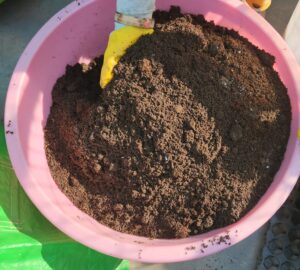
Marigolds prefer soil that drains well, meaning water does not get stuck around their roots.
- It is essential to ensure the soil allows water to pass through easily.
- So, when planting marigolds, choose soil that won’t hold onto water, helping to keep them healthy and happy.
Click here to read: Rose Plant Care Complete Guide
4. Watering tips to Marigold

When it comes to watering your marigolds, do it moderately. Let the soil dry out a bit between watering sessions.
- Avoid giving them too much water, and let the soil have a chance to dry up a bit before the next watering. This helps keep your marigolds in good shape.
5. Fertilizer tips for Marigold
During the time when your marigolds are growing, go for a balanced, all-purpose fertilizer. This will give them the nutrients they need to thrive.
- Additionally, using compost in soil is a great idea—it helps make the soil even better for your marigolds by boosting its fertility. You can use vermicompost, cow dung compost, leaf compost, etc.
- So, give your marigolds the good stuff to help them grow strong and vibrant!
Click here to read: Best Organic Fertilizers for Plants
6. Pruning tips for Marigold
To keep your marigolds looking their best, here are some pruning tips:
(i) Pinch off the dead flowers regularly. This helps the plant keep producing new blooms, so your marigolds stay colorful and beautiful.
(ii) If you see any leaves that have turned yellow or are dead, go ahead and remove them. This not only makes your marigolds look neat but also keeps the plant healthy.
7. Dealing with pests for your marigolds?
No worries!
While marigolds are pretty good at resisting pests, you might still see some like aphids or mealybugs from time to time. Sometimes, a mild fungus can also show up.
Here’s the trick: Go for natural solutions!
- When it comes to keeping pests away from your plants, you can use neem oil or a neem-based pesticide.
- Both options work well in controlling pests, and they are considered natural and eco-friendly.
- Neem oil is often used as a preventive measure, while neem pesticide can be applied if you notice an infestation. Just follow the instructions on the product, and your plants should stay healthy and pest-free.
So, with these natural remedies, you’ll have those pesky pests under control in no time!
8. Companion Planting

Marigolds make fantastic companions in the garden!
They are like superheroes that help keep away nematodes and some pests from other nearby plants.
Here’s a cool idea:
- Plant marigolds right alongside vegetables such as tomatoes and beans and other vegetables.
- It is like having a natural pest repellent in your garden.

“The marigolds act as protective friends, making your veggies even happier and healthier.”
Whether you are re a seasoned gardener or just starting out, growing marigolds can be a truly rewarding experience. Embrace the enchantment of marigolds, witness their blossoming beauty, and let their lively presence enhance both your garden and cultural festivities.
Follow our Social media channel:
1. Voice of Plant – YouTube Channel
2. Voice of Plant Facebook Page
3. Instagram Voice of Plant Channel
Happy Gardening!

